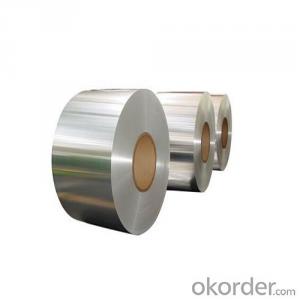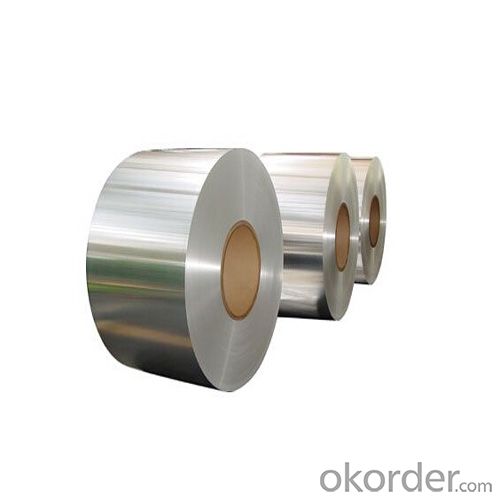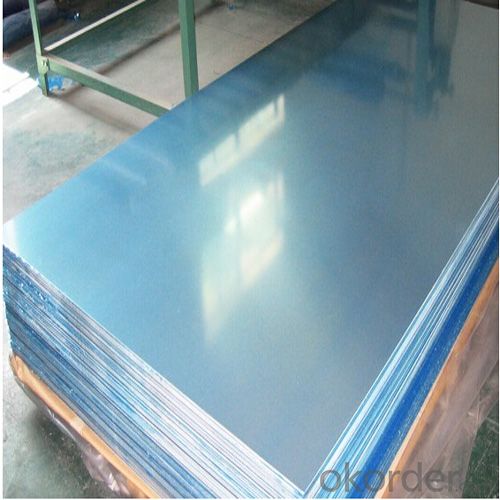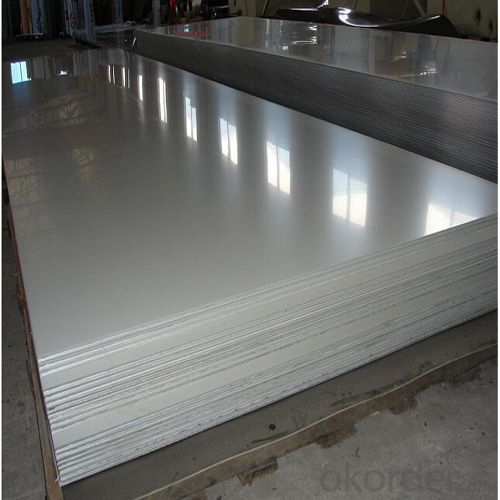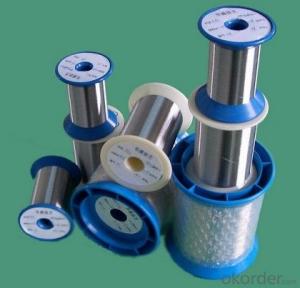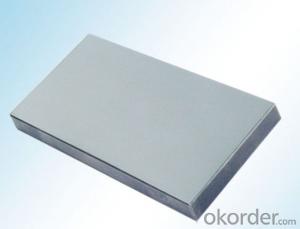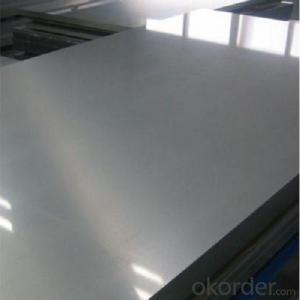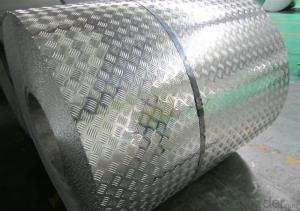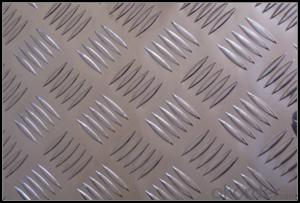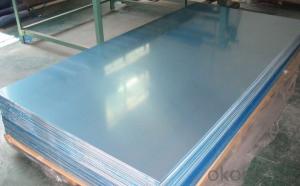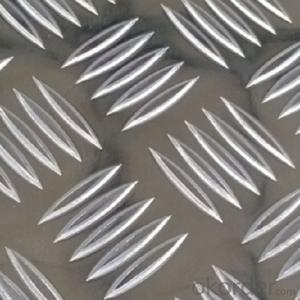125 Aluminum Diamond Plate Sheets - High Strength 5052 Aluminum for Boat Construction
- Loading Port:
- Shanghai
- Payment Terms:
- TT OR LC
- Min Order Qty:
- 5 m.t
- Supply Capability:
- 10000 m.t/month
OKorder Service Pledge
OKorder Financial Service
You Might Also Like
Specification
1.Structure of High Strength 5052 Aluminium for Boat Construction Description:
5000 series aluminum alloy is a common aluminum alloy series, the main alloy elements are magnesium, the content of magnesium is 3-5%.It's non-Heat treatable aluminum alloy with good corrosion resistance, good machinability, good electric arc welding performance,beautiful surface after anodic treatment.Commonly used in aviation,shipping field,also extensive used in the conventional industry,such as cars,planes,welding pieces,Metro and light rail,need strict fireproof pressure vessel,such as liquid tankers,refrigerated trucks, refrigerated container,refrigeration equipment,television tower,drilling equipment,transportation equipment,missile parts,armor,etc.
2.Main Features of High Strength 5052 Aluminium for Boat Construction:
Good Corrosion Resistance
Good Machinability
High Quality
Competitive Price
3.High Strength 5052 Aluminium for Boat Construction Images:
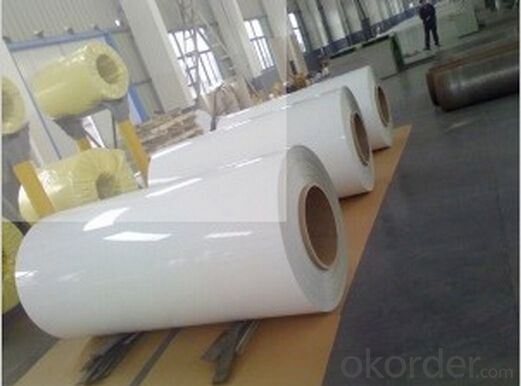
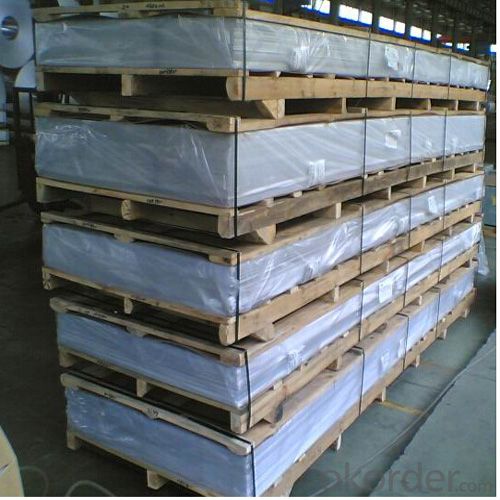
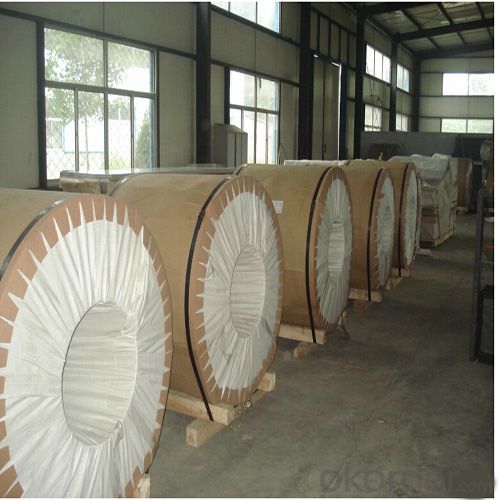
4. High Strength 5052 Aluminium for Boat Construction Specification:
roduct | aluminum plates 5052 |
Material | 5052 |
Temper | H24 |
Dimension | 4.0mm*1500mm*3000mm |
Alloy or not | non-alloy |
Surface | mill finish,no stains,without a scratch or a graze,without rough selvedge |
Property | anti-corrosion,heat resistant,good plasticity |
Technical Standard | GB/T 3880-2006 |
Tensile strength | 120~145 MPa |
Elongation | ≥6% |
Application | storage device,decoration,pressure essels,construction,electrical equipment,etc |
5.FAQ
Q1.How long have you been in this product?
A1:More than 10 years.
Q2. What's the minium quantity(MOQ)?
A2. 5 Metric tons
Q3. How long is shipping time?
A3. 7 (ready-made products)-25 days(OEM)
Q4. How do you guarantee the quality?
A4. 1. Cooperating and Exchaning experience with sevral quoted aluminum companies
2. Japanese and Swiss production line and skilled works (regular training and testing)
3. more than 10 years production experience.
Q5. Do you have after sale service?
A5. Yes. Any quality problem occurs within one year, pls take photoes,we will be responsible.
- Q: How does aluminum sheet perform in high-pressure applications?
- Due to its inherent properties, aluminum sheet is exceptionally effective in high-pressure applications. Its impressive strength-to-weight ratio makes it a suitable option for withstanding high-pressure environments. Additionally, aluminum exhibits excellent corrosion resistance, a crucial feature when dealing with high-pressure conditions that involve exposure to moisture or aggressive chemicals. Moreover, aluminum sheet is highly malleable, allowing it to be shaped and formed into various configurations to meet the specific requirements of high-pressure applications. Its flexibility enables it to endure the forces and stresses exerted during high-pressure processes without compromising its structural integrity. Furthermore, aluminum demonstrates good thermal conductivity, which aids in dissipating heat generated by high-pressure systems. This characteristic helps prevent overheating and ensures efficient operation. However, it is important to consider that the performance of aluminum sheet in high-pressure applications can be influenced by factors such as sheet thickness and alloy composition. Therefore, it is crucial to carefully select the appropriate grade and thickness of aluminum sheet based on the specific requirements and operating conditions of the high-pressure application. In conclusion, aluminum sheet is a dependable and efficient choice for high-pressure applications due to its strength, corrosion resistance, malleability, thermal conductivity, and overall performance under demanding conditions.
- Q: How do aluminum sheets perform in extreme temperatures?
- Aluminum sheets are known for their excellent performance in extreme temperatures. Aluminum has a high melting point, around 660 degrees Celsius, which makes it capable of withstanding high temperatures without deforming or melting. In extreme heat, aluminum sheets have a low thermal expansion rate, meaning they will not expand or contract significantly, ensuring dimensional stability. This makes them ideal for applications in industries such as aerospace, automotive, and construction, where extreme temperatures are common. Similarly, in extremely cold temperatures, aluminum sheets retain their strength and durability, unlike some other metals that become brittle and prone to cracking. Additionally, aluminum has excellent thermal conductivity, allowing it to distribute heat evenly, which is beneficial in applications where heat dissipation is crucial. Overall, aluminum sheets perform exceptionally well in extreme temperatures, making them a reliable choice for various industries.
- Q: Are aluminum sheets suitable for transportation applications?
- Yes, aluminum sheets are suitable for transportation applications. Aluminum is a lightweight and strong material, making it ideal for various transportation purposes. It is commonly used in the aerospace industry for constructing aircraft structures, as well as in the automotive industry for manufacturing vehicle bodies, frames, and components. The use of aluminum sheets in transportation applications helps to reduce the overall weight of vehicles, which can improve fuel efficiency and increase payload capacity. Additionally, aluminum is resistant to corrosion, making it durable and long-lasting, even in harsh environments. Overall, the properties of aluminum sheets make them a suitable choice for transportation applications.
- Q: This question asks about the various types of aluminum sheets that are suitable for use in exterior applications, specifically those that can withstand outdoor conditions.
- <p>Aluminum sheets used for exterior applications come in various types, each with specific properties to withstand weather and environmental conditions. These include: 1. Mill Finish Aluminum Sheets: These have a natural aluminum finish and are used for applications requiring a raw, industrial look. 2. Anodized Aluminum Sheets: These are aluminum sheets that have been treated to increase their resistance to corrosion and wear. 3. Painted Aluminum Sheets: These are coated with a layer of paint for added protection and aesthetic appeal. 4. Embossed Aluminum Sheets: These have a textured surface and are used for decorative purposes or to provide a non-slip surface. 5. Perforated Aluminum Sheets: These are aluminum sheets with holes punched through them, used for ventilation or decorative purposes. Each type is chosen based on the specific requirements of the exterior application, such as durability, aesthetics, and environmental resistance.</p>
- Q: Nissan A1100P aluminum plate is equivalent to what brand of domestic, where there are relevant information and instructions, mechanical design manuals or other materials manuals? Thank you.
- 1, aluminum plate A1100P equivalent to national standard AL1100 aluminum plate.2 and 1100 are pure aluminium, the content of aluminium is 99%, which can not be improved by heat treatment. With high corrosion resistance, electrical conductivity and thermal conductivity, and its small density, good plasticity, through pressure processing can produce all kinds of aluminum, but the strength is low.
- Q: Can aluminum sheets be used in automotive applications?
- Yes, aluminum sheets can be used in automotive applications. Aluminum is a lightweight and durable material that offers a variety of benefits for automotive manufacturing. It is commonly used in the production of car bodies, hoods, doors, roofs, and other components. The use of aluminum sheets in automotive applications helps to reduce the overall weight of the vehicle, which improves fuel efficiency and performance. Additionally, aluminum has excellent corrosion resistance properties, making it ideal for withstanding harsh weather conditions and road salt exposure. Furthermore, aluminum can be easily formed and shaped, allowing for complex designs and intricate detailing on automotive parts. Overall, the use of aluminum sheets in automotive applications contributes to the production of lighter, more fuel-efficient, and aesthetically appealing vehicles.
- Q: Are aluminum sheets suitable for structural applications?
- Yes, aluminum sheets are suitable for structural applications. They are lightweight, yet strong and durable, making them ideal for various structural uses such as building facades, roofs, and transportation vehicles. Additionally, aluminum sheets have excellent corrosion resistance, which further enhances their suitability for structural applications.
- Q: What is the thickness range available for aluminum sheets?
- The thickness range available for aluminum sheets typically varies from 0.006 inches (0.15mm) to 0.25 inches (6.35mm), depending on the specific requirements and application.
- Q: Can aluminum sheet be used for architectural façade systems?
- Yes, aluminum sheet can be used for architectural façade systems. Aluminum is a popular choice for building exteriors due to its lightweight, durability, and corrosion resistance properties. It can be easily manipulated and fabricated into various shapes and sizes, making it suitable for creating intricate designs and architectural elements. Additionally, aluminum can be finished with different coatings or treatments to enhance its appearance and protect it from weathering. Its versatility, aesthetic appeal, and long-term cost-effectiveness make aluminum sheet an excellent choice for architectural façade systems.
- Q: Alumina is the protective coating that covers aluminum when exposed to oxygen. It's actually corroded aluminum that prevents the aluminum from continuously corroding.What I didn't know until recently was that alumina is an electrical insulator. If that's the case why then isn't aluminum an insulator if one is trying to pass current along its surface?
- Corroded aluminum is not the same substance as rust is not the same as iron. Iron is simply Fe, rust is Fe2O3 if I am correct. So the alumina is not the same as aluminum. Just because something has an element in it doesn't mean it has the properties of the material, or is even similar to that element in anyway. Glass is conductive when its molten, but not when its cool and hard, like windows. So unless what you are dealing with is exactly the same thing, you can't assume anything about it, generally. EDIT: Aluminum is Al, alumina is Al2O3. Alumina is an oxide, aluminum is a pure element, they aren't the same so they can have different properties. As for being an insulator, the layer of alumina is usually so thin it only adds a small amount of resistance to a circuit. If you had a block made of pure alumina and you tried to run current through it it would add lots of resistance or so much there would be virtually no flow.
Send your message to us
125 Aluminum Diamond Plate Sheets - High Strength 5052 Aluminum for Boat Construction
- Loading Port:
- Shanghai
- Payment Terms:
- TT OR LC
- Min Order Qty:
- 5 m.t
- Supply Capability:
- 10000 m.t/month
OKorder Service Pledge
OKorder Financial Service
Similar products
Hot products
Hot Searches
Related keywords
